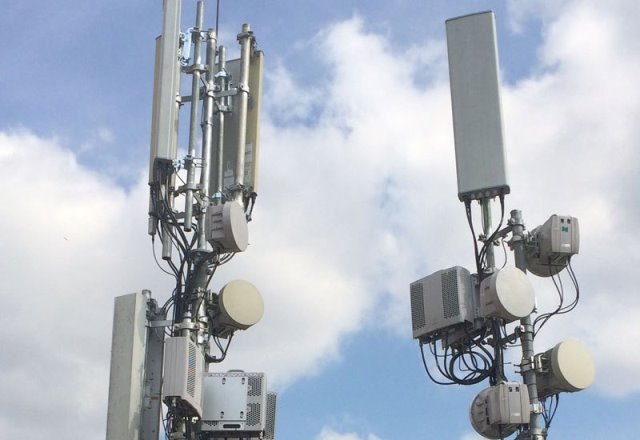Operators are focusing on building Gigabit LTE networks in order to deliver maximum peak downlink speeds of 1 Gbps.
 Engineers at operators are mainly using three technologies from the LTE-Advanced tool-kit — carrier aggregation, 4×4 MIMO and 256QAM modulation in the downlink — together and with sufficient aggregated bandwidth in order to deliver maximum peak downlink speeds of 1 Gbps.
Engineers at operators are mainly using three technologies from the LTE-Advanced tool-kit — carrier aggregation, 4×4 MIMO and 256QAM modulation in the downlink — together and with sufficient aggregated bandwidth in order to deliver maximum peak downlink speeds of 1 Gbps.
315 mobile operators have deployed/launched LTE-Advanced networks in 142 countries/territories.
327 mobile operators in 138 countries/territories are investing in at least one of the three key Gigabit LTE component technologies.
117 mobile operators in 70 countries/territories are identified as investing in all three key Gigabit LTE component technologies.
Of those, sixty-four mobile operators in 46 countries/territories have deployed all three technologies.
Thirty-seven operators (representing nearly 12 percent of all the deployed/launched LTE-Advanced networks) can support UE Cat-16 peak theoretical DL speeds (>750 Mbps) or above.
Thirty-two of those have announced Gigabit (or very near at 979 Mbps) peak theoretical throughput, or better, in the downlink in their deployed/commercial networks.
Twelve of them have pockets of LTE network capable of delivering the maximum DL speeds supported by Cat-18 devices, i.e. peak theoretical throughput of up to 1.2 Gbps. Five of those have announced parts of their network can deliver a maximum rate in its commercial LTE network of between 1.2 Gbps and 1.6 Gbps (Cat-19).
“We expect many other networks to achieve Gigabit speeds on their LTE networks very soon, as they refarm or acquire new spectrum resources, invest in higher orders of MIMO technology and implement new carrier aggregation combinations,” GSA said in a recent report.
